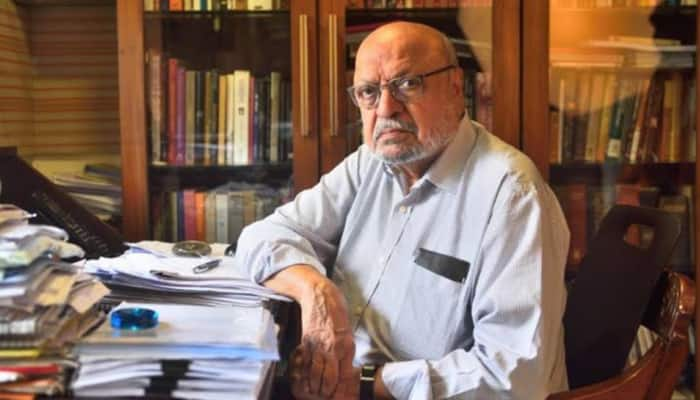Oldest stars in universe found near Milky Way centre
The discovery and analysis of the nine pure stars challenges current theories about the environment of the early universe from which these stars formed.
Trending Photos
)
Sydney: Astronomers have discovered what they believe to be the oldest stars ever seen, dating from before the Milky Way Galaxy formed, when the universe was just 300 million years old.
The nine stars, found near the centre of the Milky Way, are surprisingly pure but contain material from an even earlier star, which died in an enormous explosion called hypernova, the researchers noted.
"These pristine stars are among the oldest surviving stars in the Universe, and certainly the oldest stars we have ever seen," said , lead author of the study Louise Howes from The Australian National University (ANU).
"These stars formed before the Milky Way, and the galaxy formed around them," Howes explained.
The discovery and analysis of the nine pure stars challenges current theories about the environment of the early universe from which these stars formed.
"The stars have surprisingly low levels of carbon, iron and other heavy elements, which suggests the first stars might not have exploded as normal supernovae," Howes noted.
"Perhaps they ended their lives as hypernovae - poorly understood explosions of probably rapidly rotating stars producing 10 times as much energy as normal supernovae," Howes said.
Finding such rare relic stars amongst the billions of stars in the Milky Way centre was like finding a needle in a haystack, project leader professor Martin Asplund, from ANU explained.
"The ANU SkyMapper telescope has a unique ability to detect the distinct colours of anaemic stars - stars with little iron - which has been vital for this search," Asplund pointed out.
Following the team's discovery in 2014 of an extremely old star on the edge of the Milky Way, the team focused on the dense central parts of the galaxy, where stars formed even earlier.
The team sifted through about five million stars observed with SkyMapper to select the most pure and therefore oldest specimens, which were then studied in more detail using the Anglo-Australian Telescope near Coonabarabran in New South Wales and the Magellan telescope in Chile to reveal their chemical make-up.
The discovery was reported in the journal Nature.
Stay informed on all the latest news, real-time breaking news updates, and follow all the important headlines in india news and world News on Zee News.
Live Tv







)
)
)
)
)
)
)
)
)
)
